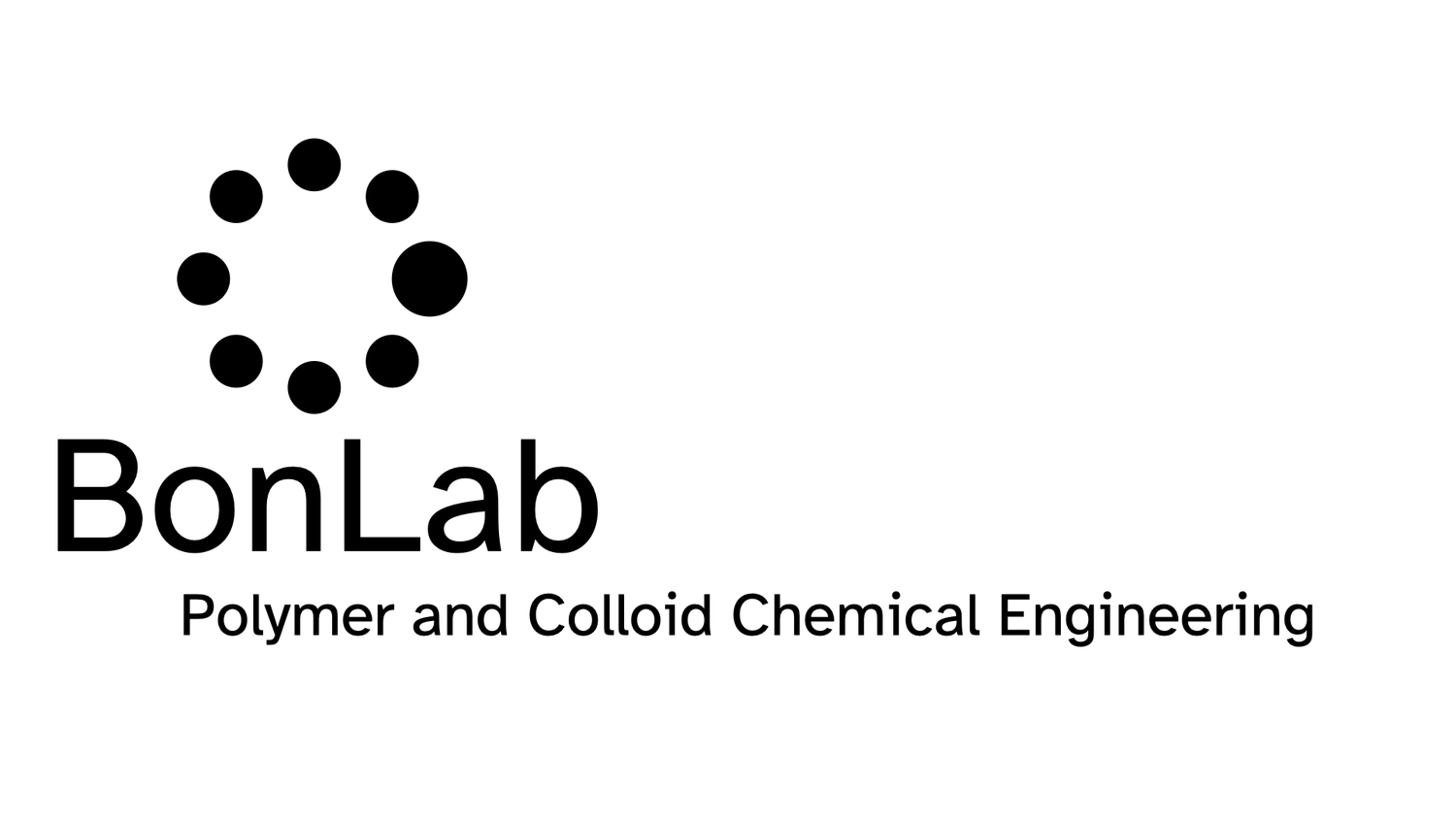Fibers are interesting. They are made by a spinning process in which a liquid based mixture, referred to as spinning dope, is extruded through an orifice hereby generating a jet, which subsequently is solidified through either coagulation/precipitation and/or gelation. Two extreme fibers found in Nature are spidersilk, a super strong and extensible liquid-crystalline fiber, and the soft hydrogel double-strings of toad eggs, as spawn by the common toad (Bufo bufo). The production of manmade fibers using dry and wet spinning techniques – both starting from a liquid mixture – goes back to the 19th century. An early example is the development of Rayon fibers initiated by the discovery of Schweizer in 1857, who found that cellulose could be dissolved in and re-precipitated from an aqueous solution of ammonia and copper (II) hydroxide (coined Schweizer’s reagent (dry or wet)). Examples of wet-spun high performance fibers include ultrahigh molecular weight poly(ethylene) fibers, and polyaramid fibers.
An emerging trend is to make soft, hydrogel-based, fibers wet spun into water. Applications for example are in the area of tissue engineering. Microfluidic technologies are often employed to manufacture these fibers.
We asked ourselves whether it would be possible to fabricate fibers through assembly of thousands of emulsion droplets? We call these HIPE (High Internal Phase Emulsion) fibers.
Fig. (a) Schematic representation of the fabrication of microfluidically spun HIPE fiber. The diagram shows coaxial flow channels in the microfluidic device, where the inner and outer capillaries contain concentrated emulsion and acidic water, respectively, in a continuous flow. A continuous HIPE fiber is produced upon exposure of the emulsion to the acidic water. The acidic conditions allow the formation of multiple hydrogen bonds between emulsion droplets, initiating them to assemble into a macroscopic supracolloidal fiber. (b) Photograph of a HIPE fiber in acidic aqueous solution (top left), and disintegration into individual dispersed emulsion droplets upon addition of base (top right). Scale bars represent 1 cm. Light micrographs of the HIPE fiber in acidic condition (bottom left) and disintegrated HIPE fiber in basic condition (bottom right). Scale bars represent 50 µm and 25 µm, respectively. (c) Photograph of HIPE fibers with uniform length. The HIPE fibers with uniform length were fabricated by utilizing air bubbles as a cutting mechanism. Scale bar represents 0.5 cm. (d) Photograph of asymmetric Janus HIPE fiber. Scale bars represent 0.1 cm (top) and 300 µm (bottom). (e) Photograph of asymmetric HIPE fiber consisting of three different sections ‘toothpaste’. Scale bars represent 0.1 cm (top) and 300 µm (bottom). (f) Photograph of magnetic HIPE fiber attracted by an external magnet (fiber with a slight yellow color - left hand side), and no magnetic response with the non-magnetic HIPE fiber (white color fiber - right hand side). Scale bar represents 1 cm.
In our paper published in the Journal of Materials Chemistry A we show the fabrication of fibers from emulsion droplets. We use flow-focussing microfluidic set-up whereby a generated jet of emulsion droplets stabilized by amphiphilic pH-responsive branched copolymers (pH-BCP) and reinforced by Laponite clay discs is exposed to an external surrounding liquid flow of lower pH. Proton diffusion into the stream of emulsion droplets induces the self-assembly process leading to the formation of a continuous supracolloidal fiber. We demonstrate that the fiber can disintegrate back into an oil-in-water emulsion. We discuss control of fiber composition hereby using two and three combined streams of emulsion droplets to generate Janus fibers, and using ferrofluids to produce magnetic fibers. We show control of fiber length by employing air bubbles as a mean to produce short fibers of discrete length. Looking towards applications we demonstrate the use of our supracolloidal emulsion droplet fibers as a material to control the delivery of volatile compounds through evaporation, and we show that the dried fibers are a nanocomposite highly porous and light material.
You can read the paper here: http://dx.doi.org/10.1039/C5TA08917D


